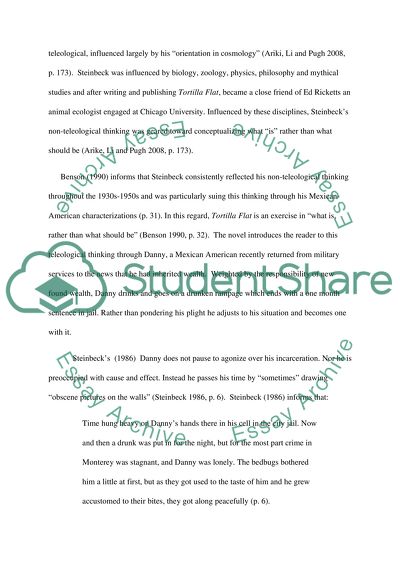Cite this document
(“Personal Reality in Selected Works of John Steinbeck Essay”, n.d.)
Retrieved de https://studentshare.org/literature/1390434-personal-reality-in-selected-works-of-john-steinbeck
Retrieved de https://studentshare.org/literature/1390434-personal-reality-in-selected-works-of-john-steinbeck
(Personal Reality in Selected Works of John Steinbeck Essay)
https://studentshare.org/literature/1390434-personal-reality-in-selected-works-of-john-steinbeck.
https://studentshare.org/literature/1390434-personal-reality-in-selected-works-of-john-steinbeck.
“Personal Reality in Selected Works of John Steinbeck Essay”, n.d. https://studentshare.org/literature/1390434-personal-reality-in-selected-works-of-john-steinbeck.


